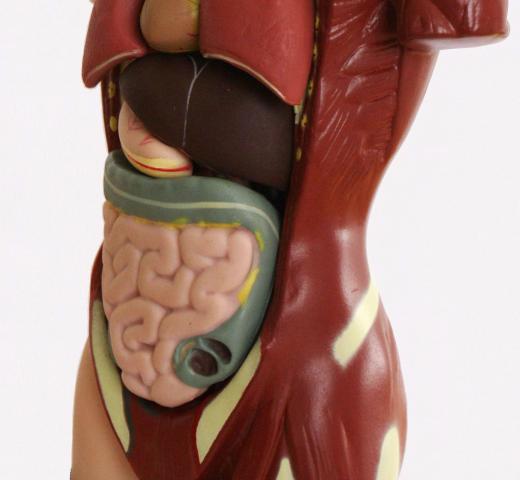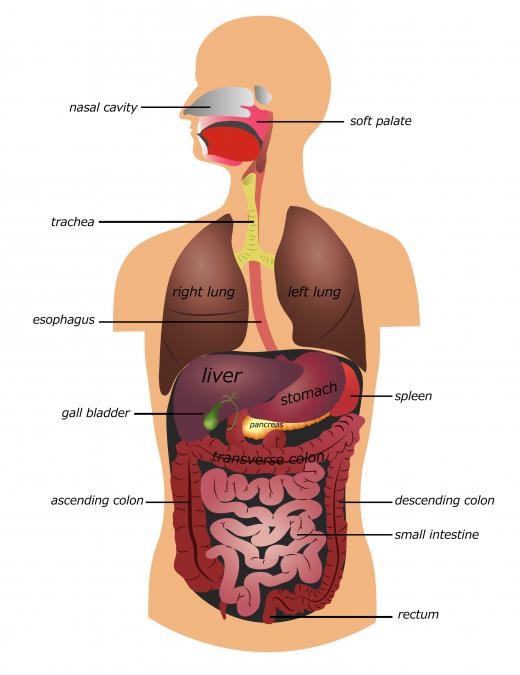What is a Coelom?
 Michael Anissimov
Michael Anissimov
A coelom (pronounced "seal-um") is a fluid-filled body cavity found in most animals. It is located in the mesoderm, the middle germ layer only found in triploblastic (three-layered) organisms. Simpler animals like cnidarians (jellyfish, coral, etc.) and sponges are diploblastic and monoblastic respectively, lacking a coelom. Though the cavity developed in triploblastic animals, some of these animals have lost it.
Animals with a coelom, including the majority of animal phyla, are called coelomates. Animals without it, such as flatworms, are called acoelomates. In between there are some animals called pseudocoelomates, which possess a "false coelom," which is an unlined or partially lined body cavity between the gut and body wall.

A coelom is defined as a cavity that separates the gut from the body wall. It allows the internal organs to shift around and develop independently of the body wall, creating more physiological and evolutionary flexibility. Though the term usually refers to the largest body cavity, coelomate animals (such as humans) may feature several strategically placed body cavities.

The earliest known animal with a coelom is Vernanimalcula guizhouena, which lived 600 million years ago, during the Ediacaran period. The cavity is a crucial evolutionary innovation that enabled the existence of nearly all large, complex animals. The only acoelomate animals are sponges, platyhelminthes (flatworms, tapeworms etc.), nemerteans (ribbon worms), and cnidarians (jellyfish, etc.), none of which are especially complex.

The biggest disadvantage of lacking a coelom is that the internal organs are much more susceptible to compression and damage. The protection that coelomate animals get from their body cavity stems from the fact that fluids are incompressible, while organs are not. Since the organs are surrounded by an incompressible fluid, they are well-protected in coelomates.
Lots of the smallest, simplest, and most numerous animals are pseudocoelomate, including nematodes, rotifers, kinorhynchans (mud dragons), nematomorphs (horsehair worms), gastrotrichs, loriciferans, priapulid worms, spiny-headed worms, and entoprocts. Many of these organisms are less than 0.04 inches (1 millimeter) in size, but some, like priapulid worms, grow as large as 6 inches (15 cm).
AS FEATURED ON:
AS FEATURED ON:













Discussion Comments
@SouthernMuse - The difference between pseudo coeloms and true coeloms is that a true coelom has a mesodermal lining on all sides, allowing muscles to develop that surround the organs and support them within the body wall. This support system allows more efficient digestion of foods and the passing of other substances through the internal organs.
So can anybody tell me what the difference is between pseudo coeloms and true coeloms? I know that it's something to do with a lining, but I'm really not sure, and I can't find the answer in my textbook. I really need to finish this homework, somebody help me out!
While it might seem easy to say that all animals with coeloms are also vertebrates, and all animals without them are invertebrates, it is not quite that simple. Some simple vertebrates do have a pseudo coelom, meaning that they are somewhat in between, at least having enough of one to make it hard to say they do not.
Thanks for the info mate! needed it for biology, now to find out how it evolved.
Post your comments